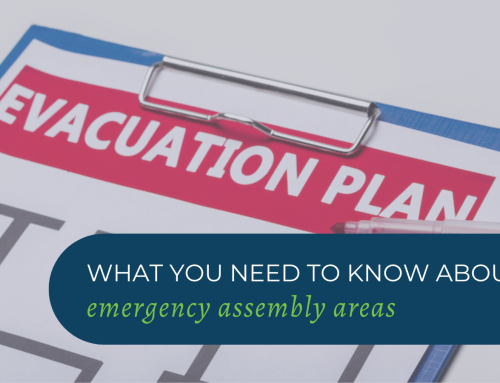The shift towards remote work has transformed how people manage their day-to-day lives. Spare bedrooms are now offices, kitchen tables are doubling as desks, and video calls have replaced boardroom meetings. While the flexibility of working from home is appealing, one crucial aspect is often overlooked: fire safety in the home office.
In a traditional workplace, employees benefit from structured fire safety measures such as sprinkler
systems, fire wardens, and regular evacuation drills. At home, however, this responsibility falls entirely on the individual. Protecting your home office is not just about looking after your computer or work equipment, it’s about ensuring the safety of your family, your pets, and the home itself.
With remote work here to stay for many people, taking fire safety seriously has never been more
important.
Common Fire Hazards in a Home Office
The home office may seem like a low-risk environment, but it can quickly become a hotspot for hidden fire dangers. One of the most common issues is overloaded power boards. Many people rely on one outlet to power laptops, printers, monitors, modems, and phone chargers, which can cause overheating if the equipment is not used properly.
Damaged or frayed cables are another silent hazard, especially when they are hidden behind desks or tucked under rugs, where they can easily go unnoticed.
Paper clutter is another risk that’s often underestimated. Stacks of documents, boxes, and books placed near heat sources or electrical equipment can serve as fast-burning fuel in the event of a fire.
Finally, leaving equipment such as laptops, heaters, or charging devices running unattended is a habit that can increase the likelihood of overheating and sparks. These seemingly small oversights
can have major consequences if not managed carefully.
Fire Safety Tips for Remote Workers
The good news is that many of these risks can be reduced with a few simple but effective safety practices.
Start by assessing your electrical setup. Always use power boards with surge protection and avoid “daisy chaining” extension cords together. If a cable is showing signs of wear or damage, replace it immediately rather than trying to patch it up. This small action can prevent an electrical fault from becoming a fire.
Proper ventilation is also essential. Electronics such as laptops, routers, and monitors generate heat during use. When these devices are placed on soft surfaces like beds or couches, or when they are stacked too close together, airflow is restricted, which increases the risk of overheating. Position devices on flat, hard surfaces and give them enough space to breathe.
Keeping your office tidy is another easy way to reduce fire hazards. Loose paperwork and clutter near electrical points or heaters can quickly fuel a fire. Whenever possible, digitise your documents to cut down on the amount of paper stored in your workspace. Not only does this reduce risk, but it also helps keep your home office more organised.
Every home should be equipped with working smoke alarms, and your home office is no exception.
Test alarms once a month and replace batteries annually to make sure they’re in proper working order.
In addition, it’s worth investing in basic fire safety tools such as a fire extinguisher rated for electrical fires and, if your office is close to the kitchen, a fire blanket. These items are small investments that can make a big difference in an emergency.
Another simple but powerful habit is switching off devices when you’re finished for the day. Shutting
down computers, chargers, and monitors not only conserves energy but also eliminates the risk of equipment overheating while unattended. Similarly, resist the temptation to leave portable heaters or fans running when you’re not in the room.
Lastly, it’s important to prepare for the “what if.” Every household should have a clear escape plan. Know at least two ways out of your home and ensure that walkways, doors, and windows remain accessible. If you live with others, agree on a meeting point outside where everyone can gather in the event of a fire. Practising this plan occasionally ensures that everyone knows what to do if the situation arises.
Working from home provides freedom and comfort, but it also brings with it the responsibility of self-managing risks that an office environment would normally address. By taking a few proactive steps checking your electrical setup, managing clutter, maintaining smoke alarms, and preparing an escape plan you can significantly reduce the likelihood of fire in your home office.
Your home office is where you focus on productivity and creativity. By keeping fire safety at the front of mind, you can ensure that it’s also a space where you and your loved ones are kept safe.
GET IN TOUCH
Are you ready for peace of mind that your workforce is as safe and prepared as possible?
With a dedicated team of staff ready to help you meet compliance requirements and improve the overall safety of your workplace, all you need to do is get in touch.
Request your free audit today!



